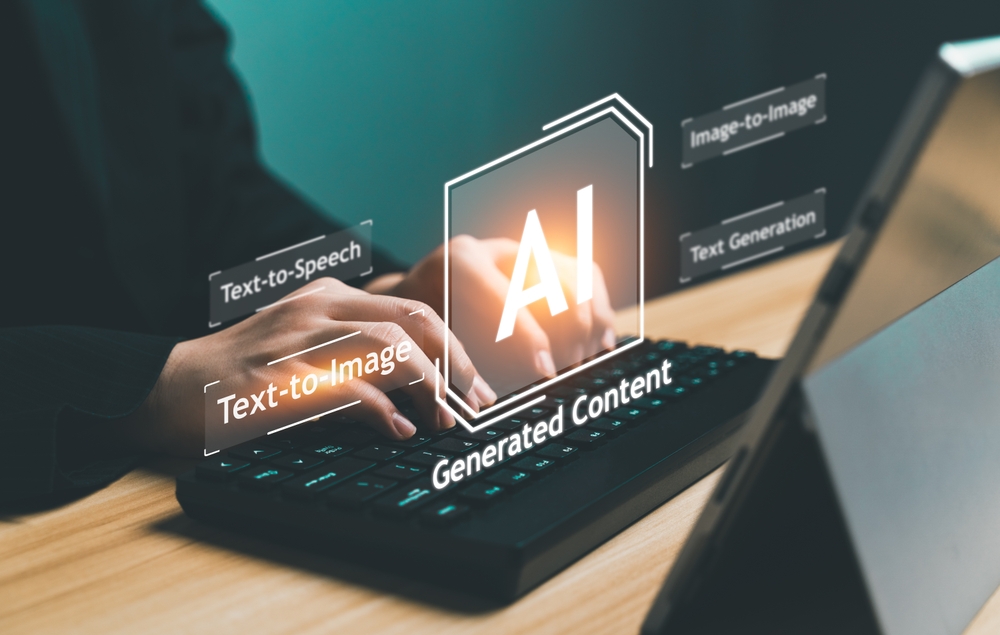Ever since the release of OpenAI’s ChatGPT in 2022, AI has started working its way into our daily lives, helping us learn, write, and create with more ease. No wonder then, in a 2023 survey, nearly half of the respondents said they used ChatGPT to write their resume!
Crafting to (im)perfection
At first glance, resume builders like the one that made these are a quick, convenient way to make a resume. They help you with structure, use smart language, and tell you which skills employers are looking for. These pros, however, are not without cons.
While the AI-created resumes might be individually well-made, they show large amounts of repetition and similarity when compared. Most of them will use the same kind of professional-sounding language and sentence structure, and add near-identical ‘desirable’ skills to your generated repertoire.
These models also tend to hallucinate – create nonsensical or factually incorrect content that looks impeccable at first glance, but is easily detected by the trained eye. If you let an AI tool generate your entire resume, you could end up with an application full of well-articulated errors that you didn’t notice. In fact, companies are beginning to actively filter out noticeably AI-written submissions, and advice to recognize such content involves checking for generic, vague, and often meaningless phrases.
Making AI your ally
Despite this, surveyees stated that the tool bettered their chances of getting hired. With the number of AI-made resumes saturating the market, we arrive at a new problem: how can we utilize the edge and speed AI gives us while still making sure that our applications are honest, authentic, and well-crafted? We suggest using AI-driven tools as starting points but building on the content yourself.
- Use AI to learn: By analyzing pre-made resumes, you can gain a general idea of the structure, language, and accomplishments that fit the profile of an ideal candidate. This lets you put down your most valuable skills, and tells you which are the useful ones to brush up on.
- Examine multiple samples: Finding the right words to express yourself can be difficult. Try generating multiple resumes, with slightly different prompts. You can elaborate on the kind of personality you want reflected, and understand how best to bring it out. Use the examples to zero-in on the type of resume you need.
- Add your own voice: Artificial intelligence can only portray your personality to a certain degree. Make sure to rewrite the resume in your own words, and add details that show your potential employer who you are. Remember that a resume isn’t just a list of achievements; it’s also how you market yourself!
- Let the tool fill in the gaps: If you’re struggling with elaboration or compression, AI can help you phrase your content adequately. You can use chatbots to edit and suggest changes to what you have already written, improving your skill along the way.
- Make sure to proofread: As mentioned before, hallucinations and vague content need to be removed or modified. For example, you can’t say you’re proficient in “English, German and Java,”. Even though they’re all languages, it’s obvious to a human that they’re not in the same category. AI also tends to embellish your strengths, so keep your phrasing to the point.
While AI can be a powerful tool for resume building, it is also quite prone to error and relying solely on it brings along questions of ethically right and wrong behavior. In the right hands, though, its capabilities can be utilized accurately and efficiently. By improving your skill and knowledge about how to use AI for assistance, you can correct it where necessary and create a unique resume that brings out the best of you.








